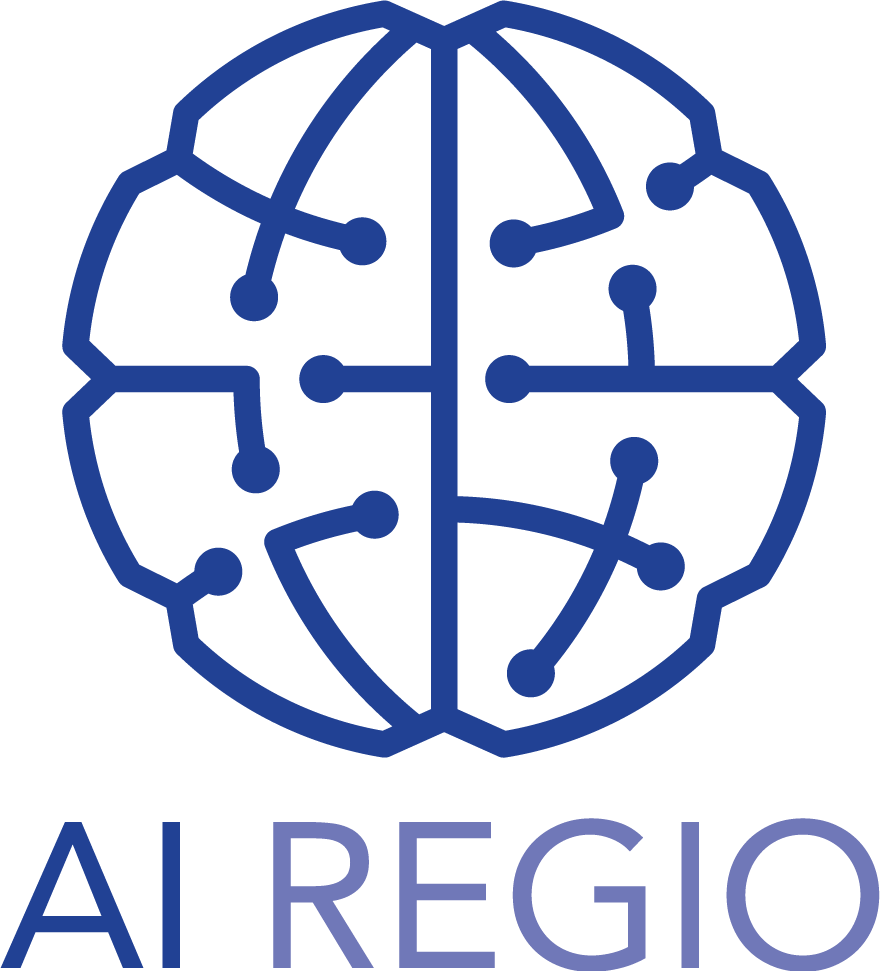Validation
AI for sensitive gripping of non-rigid parts and textiles
The aim is the economic and resilient automation of unproductive secondary tasks in textile production in Germany and Europe. In Germany, 141,000 people are employed in textile production, in Europe around 1.7 million. 30% of labour costs in textile production (clothing, medicine, vehicles, interior design, industry, etc.) are at the expense of the non-value-added handling tasks of textiles and flexible parts. This could not be automated in the past and is increasingly becoming a disadvantage for the location. We urgently need to automate these secondary tasks in order to use skilled workers in a value-added way. We are on the verge of a breakthrough through new technologies and the use of AI in the gripping process.
Textiles and non-rigid flexible parts can only be handled by intelligent and quickly adaptable dexterous gripping tools, as humans do intuitively today. Self-learning sensory systems (AI) must be made resilient and economically viable in combination with new physical processes. We have surveyed and collected very many textile producers in Europe, asking for their technical and economic needs. The specification is clearly done by Robotextile and explained in a deep dive market survey and Business Plan.
Very many strong brands in apparel and clothing from Germany are considering the re- location and re-shoring of textile manufacturing to Germany, for cost savings and supply chain optimization. Meaningful automation of unproductive secondary tasks in textile production are mandatory for this effort.
In Germany and in Europe we get the new law of “Lieferketten Sorgfaltpflichtengesetz”, “Supply Chain due Diligence Law”, effective as of January 1st, 2023. All brands are fully accountable and responsible for entire supply chain about human rights and environmental obligations. Fine cost up to 4 M€.
Furthermore, the producers want to avoid the unnecessary overcapacity of the Asian deliveries of 50% to no longer must dispose of unsold goods.
The demand for small robotic cells for fabric and textile handling can be estimated at 500 units in Germany and 5000 units in Europe as a whole. In Germany alone we have 141,000 textile workers in 1,300 companies of textile industries.
The willingness and demand of the companies is very high. Often there are also severe staff shortages, so the productivity of the automated textile machines is very much at risk. Many people no longer want to do these mindless tasks of simple fabric handling.
The main challenge is to take fabric and textile single layers either from the cutting bundle or in single layer directly from the cutting table.
The AI research approach we are aiming for, will enable us to achieve an absolutely unique selling proposition: The safe handling of fabric layers, and the self-learning changeability of the gripping results as if by humans. No one can do this at this point of time.
Textile Industry in Europe is widely starting their digitalization initiative. We need to become competitive against the Asian Textile domination. Therefore, the Initiative “Textile Industry 5.0” has enabled large and well-connected initiatives. Significant part of this program are the Human-AI interaction and AI for Manufacturing Application.
